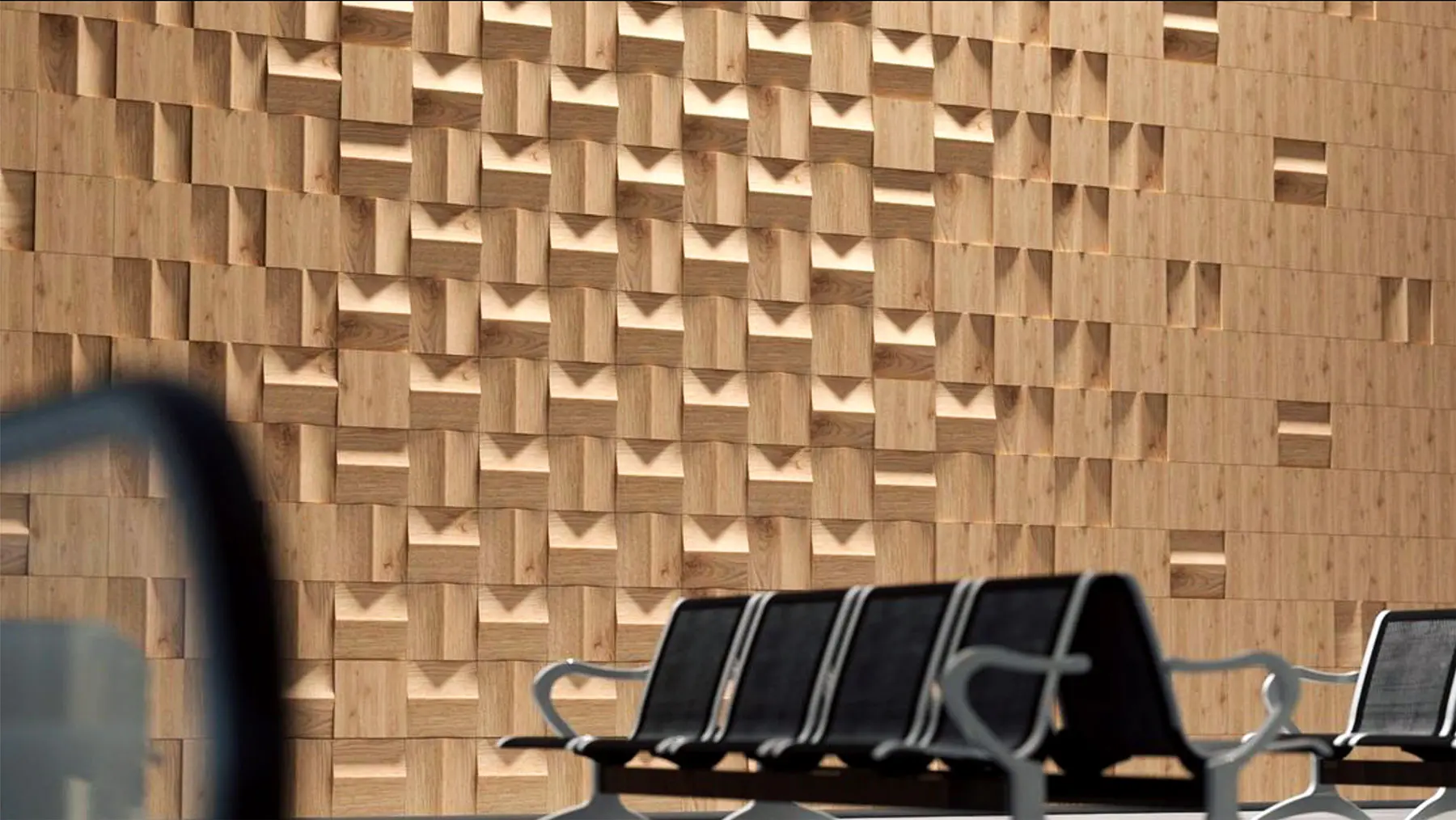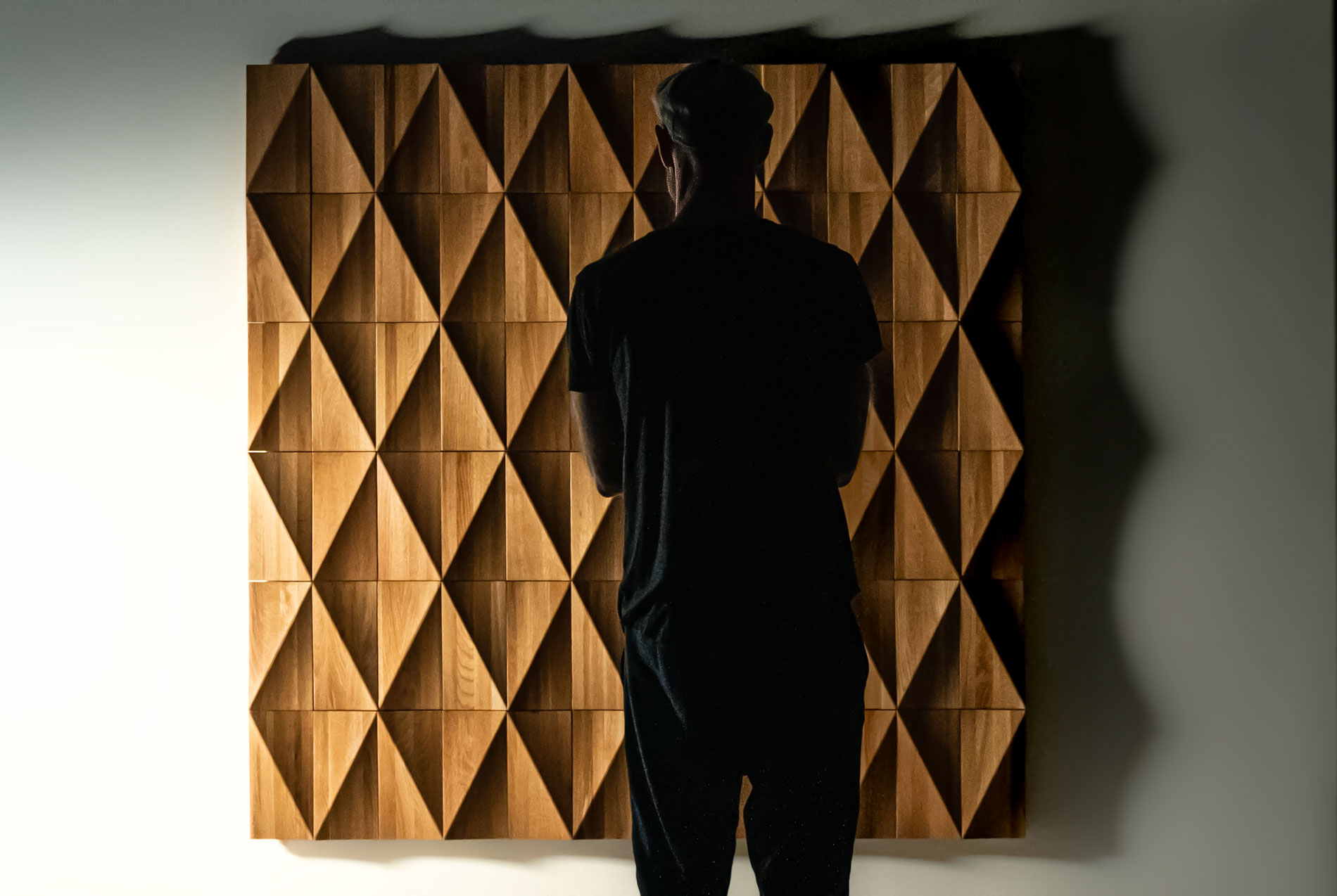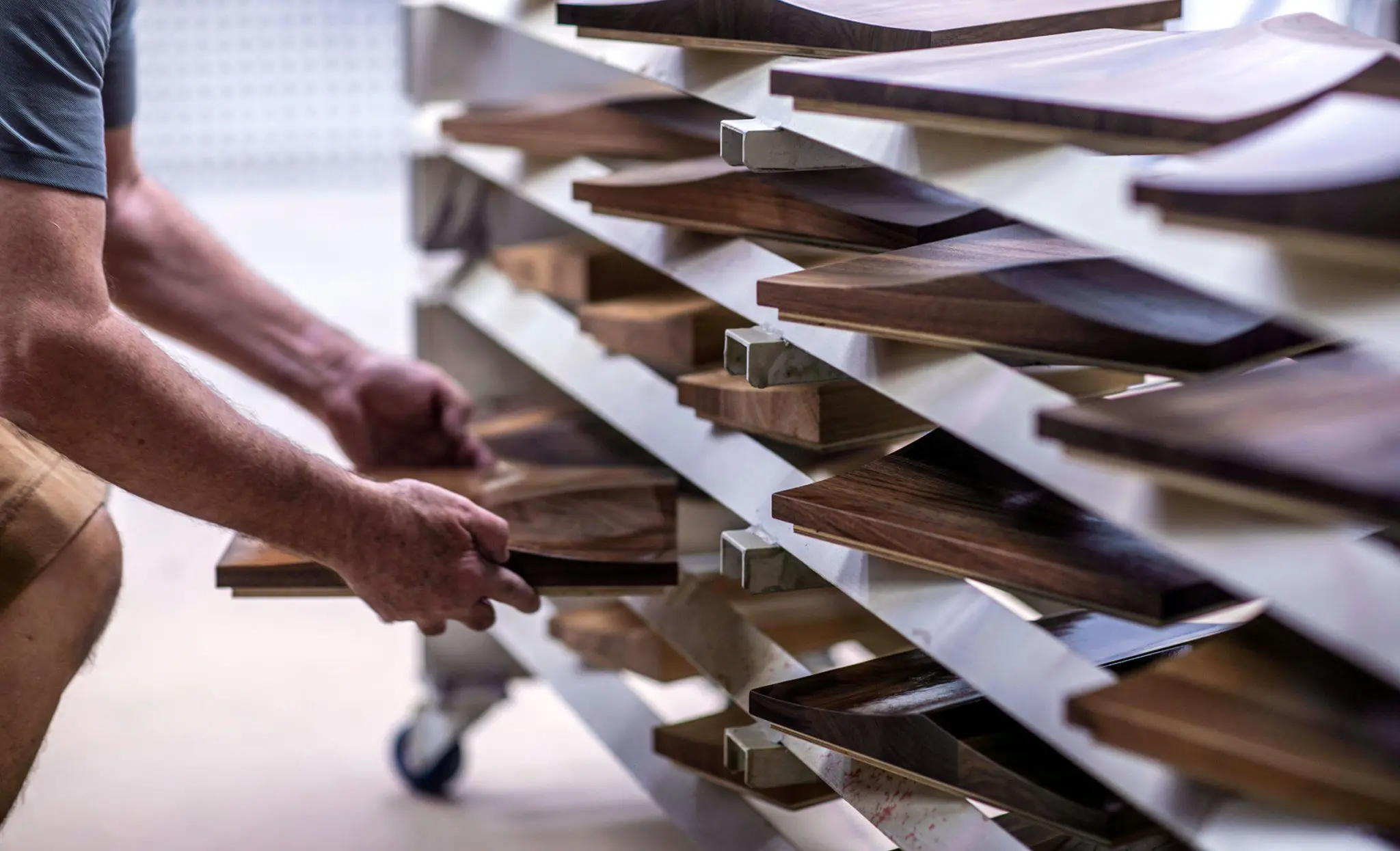
The feel-good response to wood
Not only does wood add character and warmth to the home, but studies have shown it has a positive impact on the body and mind too.
Biophilic Design, the practice of connecting people and nature in an indoor setting, is becoming more widely adopted among architects across the globe. This has seen a surge in the uptake of organic materials used inside the home to emulate outdoor environments.
It’s no surprise that wood is one of the most sought-after materials used to bring the outdoors in, not only because of its raw and natural looks but also because of its physiological and psychological benefits.

The human brain has been programmed to respond more positively to natural environments than artificial ones. While both environments are processed differently, our inherent connection to nature has been hard-wired from the thousands of years we roamed the lands.
Experiments in 1984 by Professor of Architecture, Roger Ulrich, showed that exposure to biophilic environments helped speed up post-operative healing. The recovery time of patients whose hospital rooms faced blank walls was significantly lower than those with a close view of trees. This study has been instrumental in the way hospitals are designed today.
Numerous studies have also found that biophilic environments can lower blood pressure and heart rates and increase focus and productivity. For example, recent research by the University of British Columbia and a Brown University clinical trial showed that rooms with approximately 45 per cent of timber surfaces boosted perceptions of comfort and lowered the blood pressure of the occupants.1
When it comes to touch, blindfolded participants in another study were asked to touch stainless steel, tile, marble, and white oak. Increases in the calming portion of the nervous system were detected when the white oak was touched.

Keeping wood in its most natural form is the best way to evoke the biophilic design. Evove, our wall-mounted, modular sculptures, embodies this look.
Our Evove panels:
Simulate fractals, which are patterns found in the natural world.
Are made of solid, natural wood with unique grain patterns and colour variations.
Are clear coated, so the natural wood is enhanced.
Are designed to be installed on walls to increase the amount of wood surrounding building occupants.
Are deeply 3-dimensional to encourage light variations throughout the day, ensuring the artwork is dynamic with shadows changing hour by hour.
Bring warmth and vibrance to any interior.





